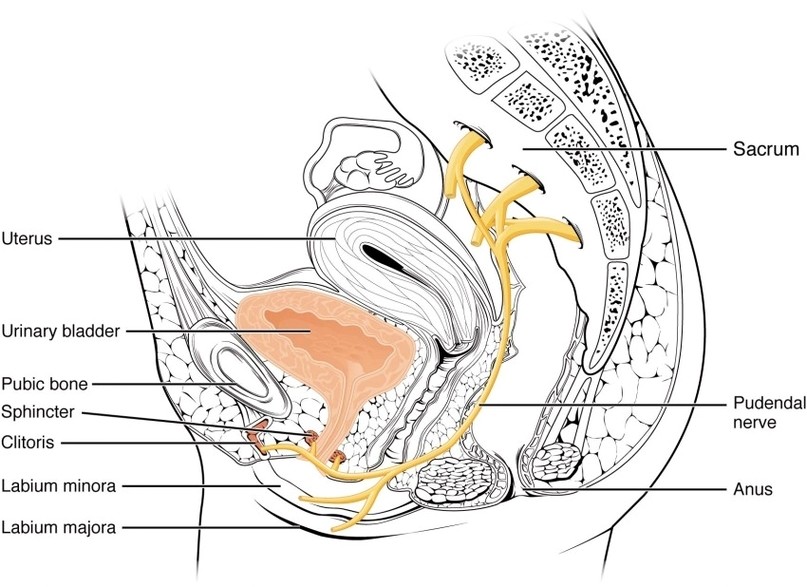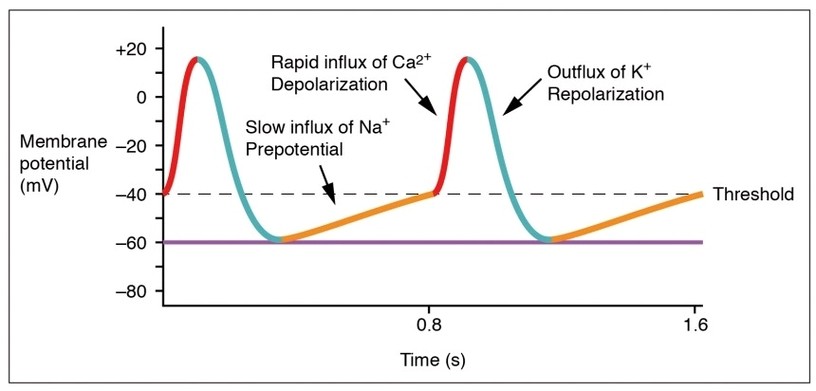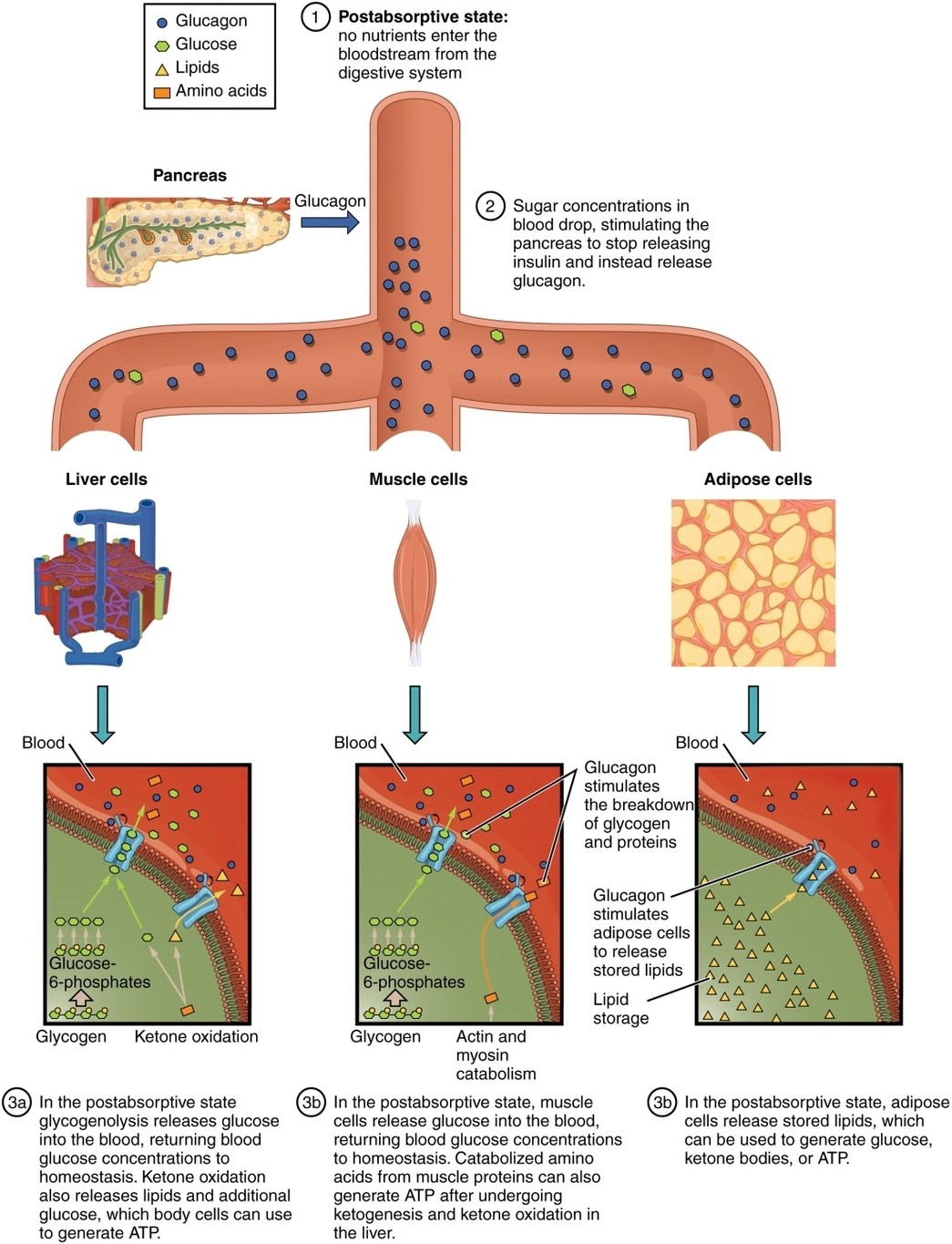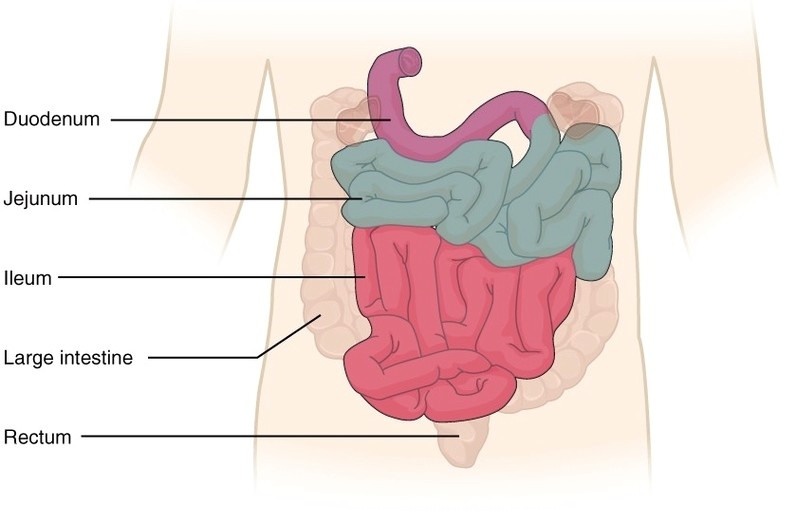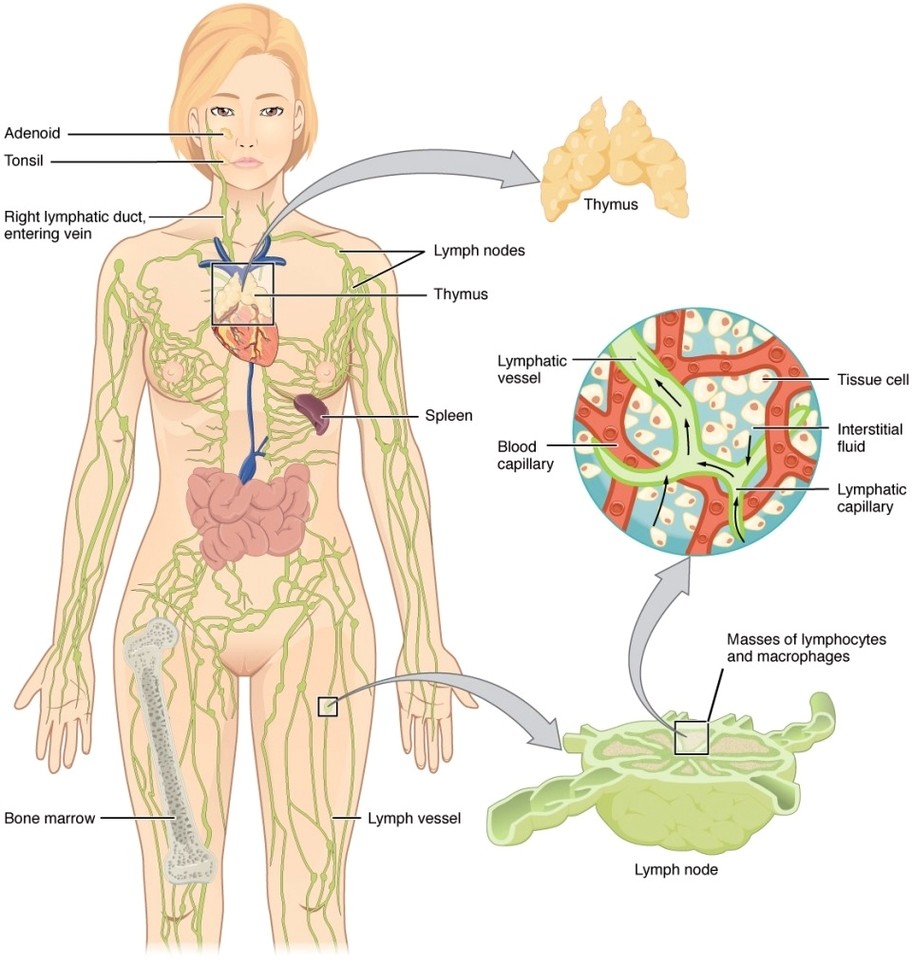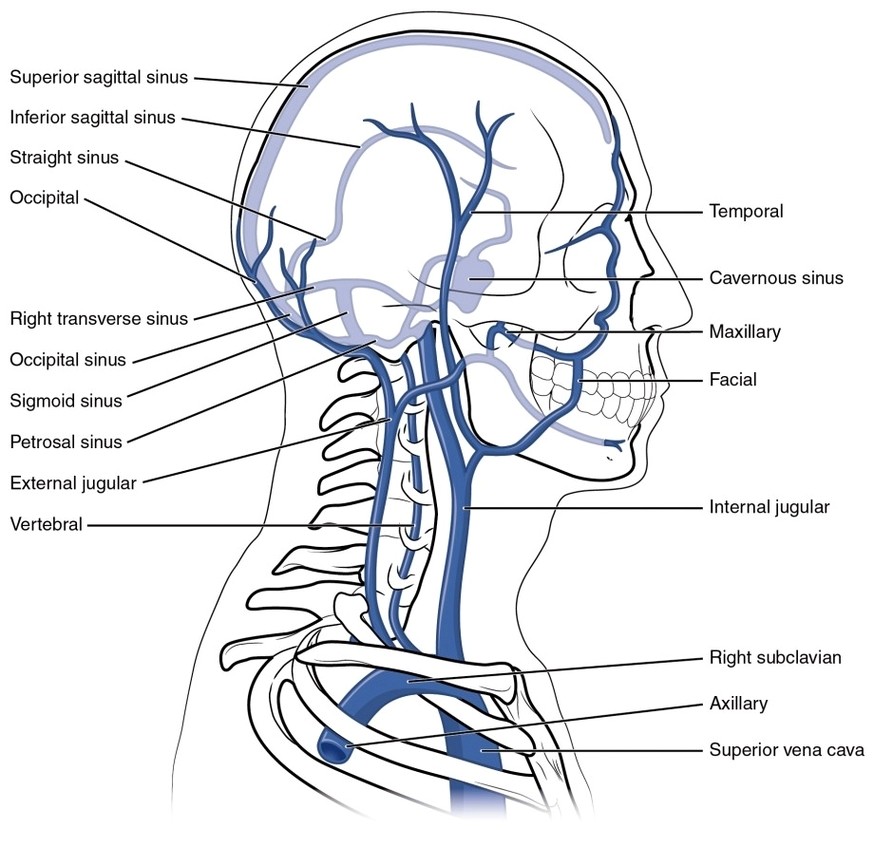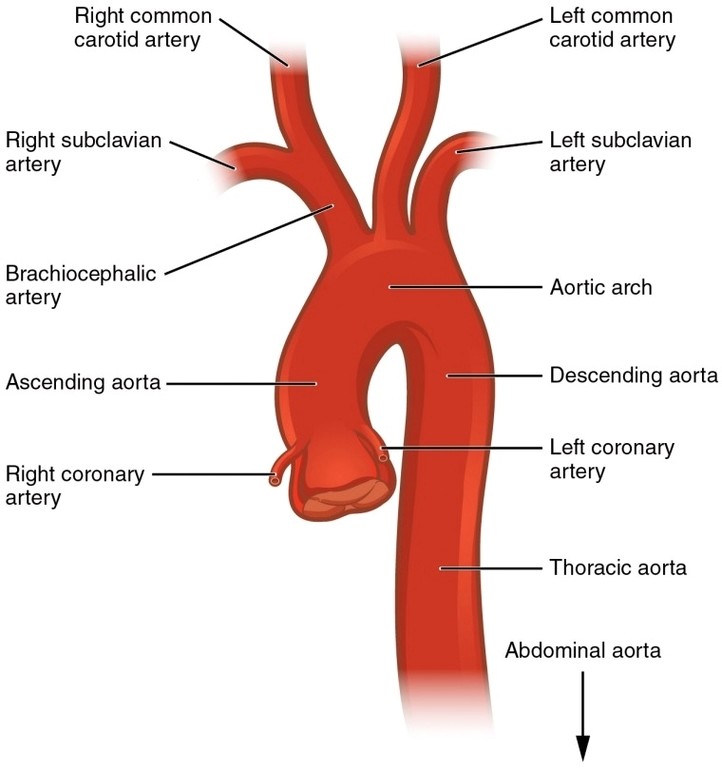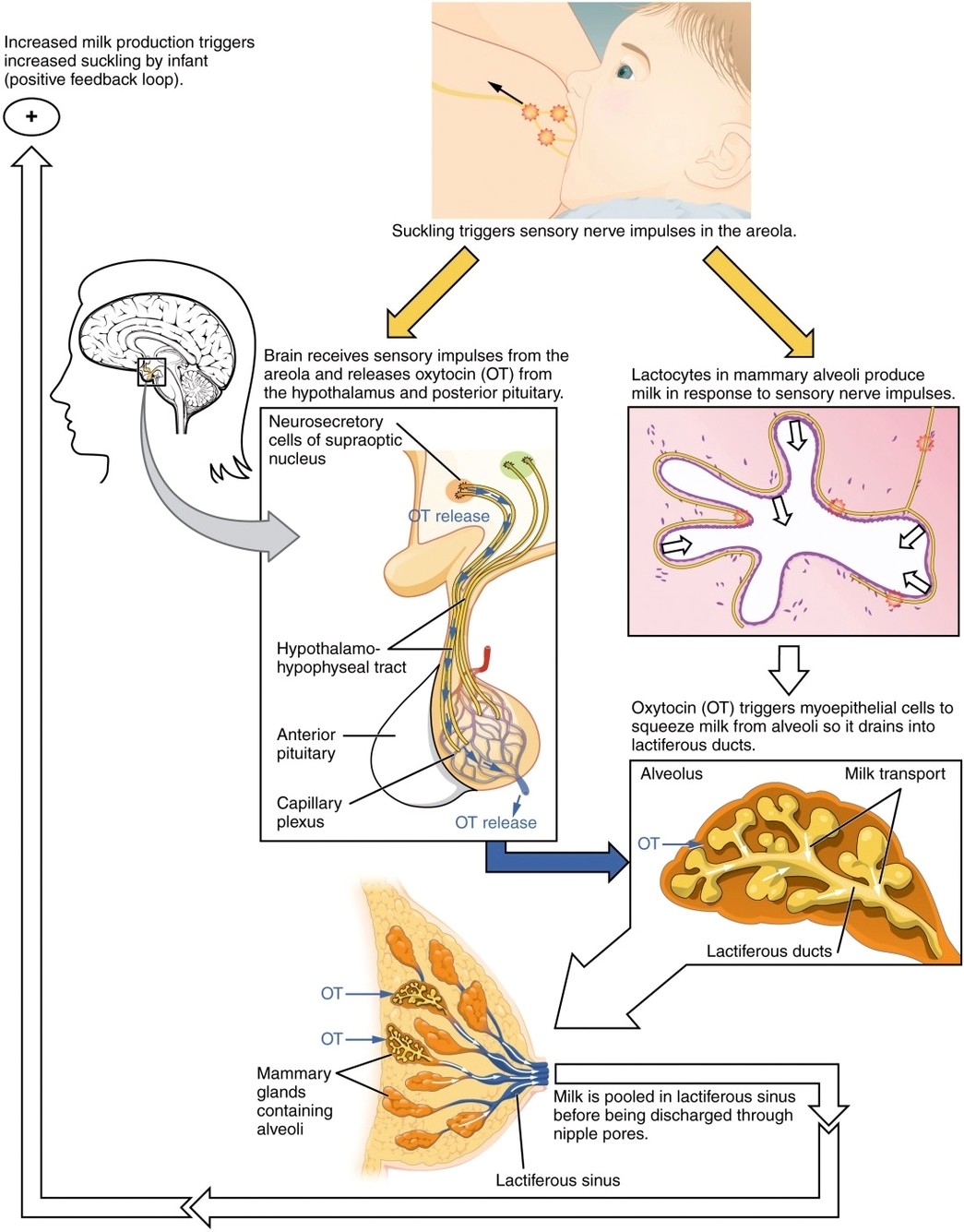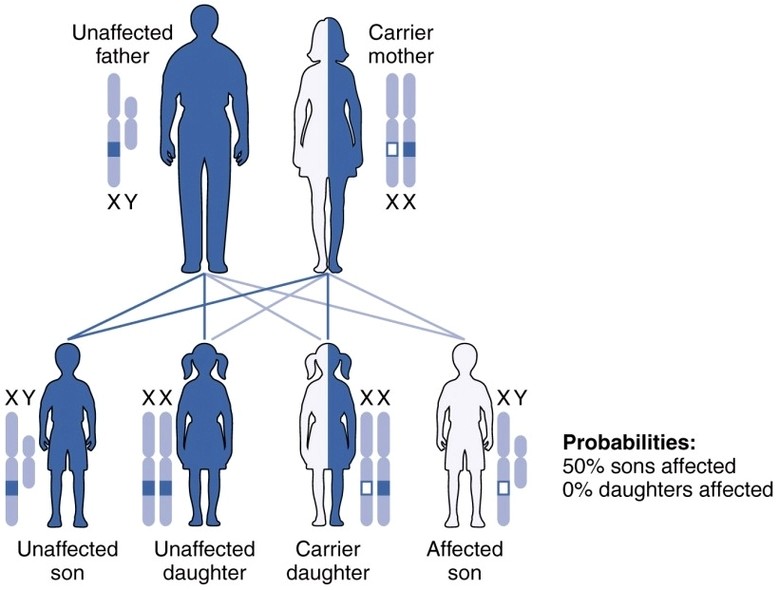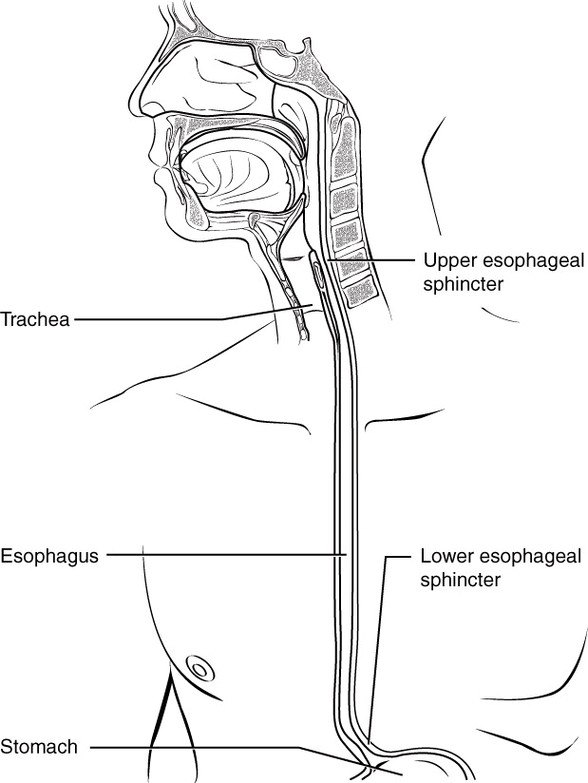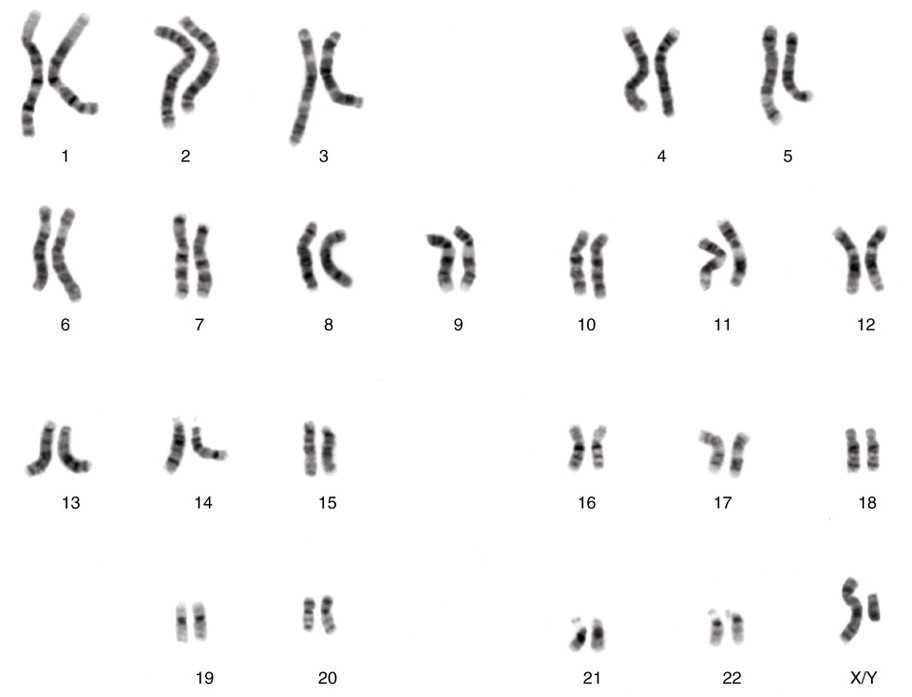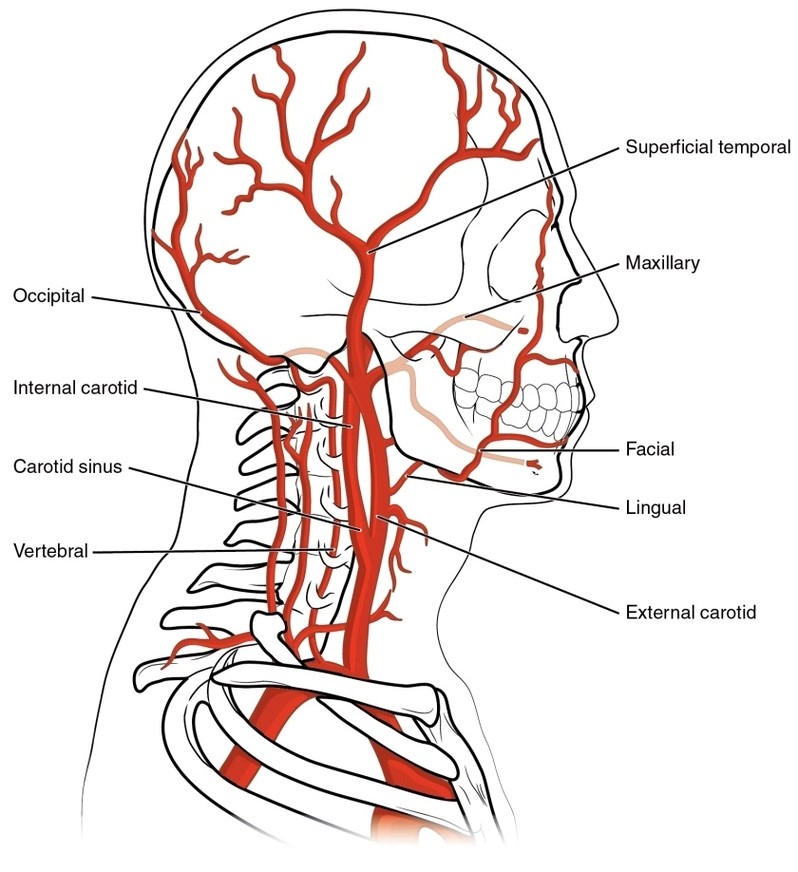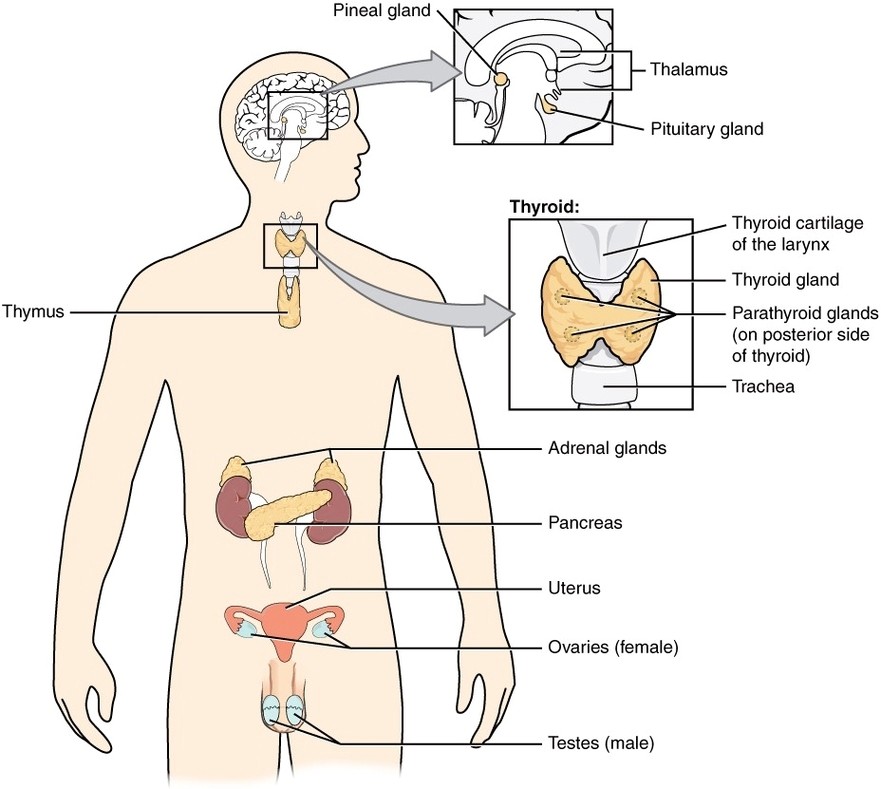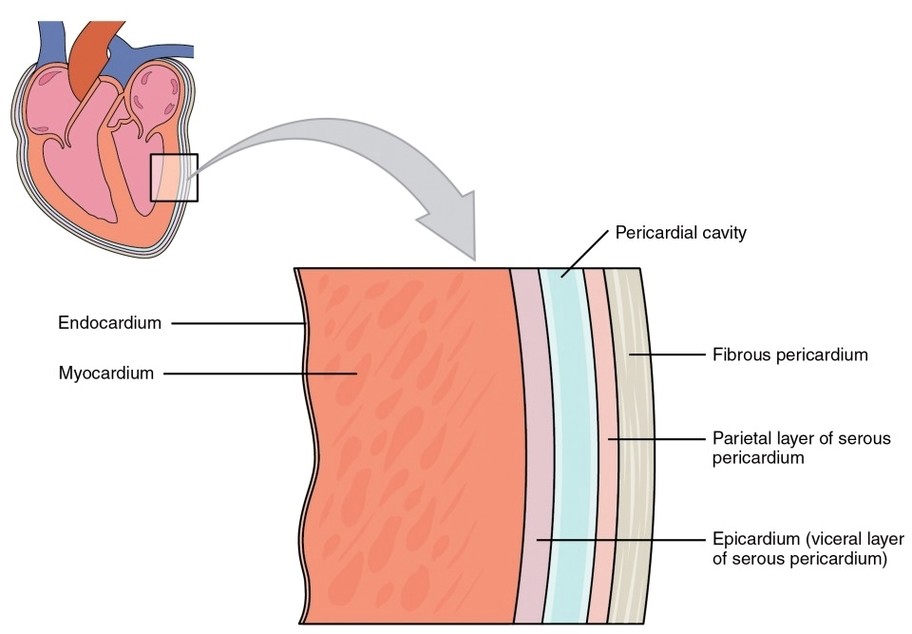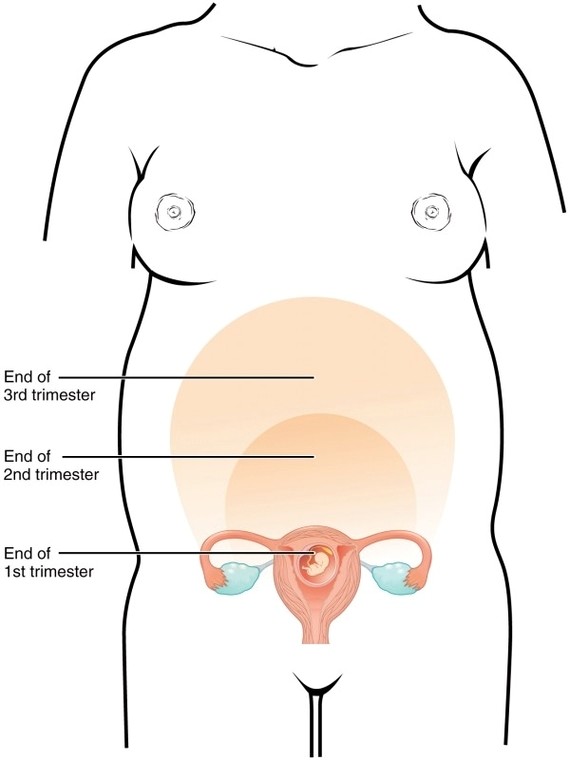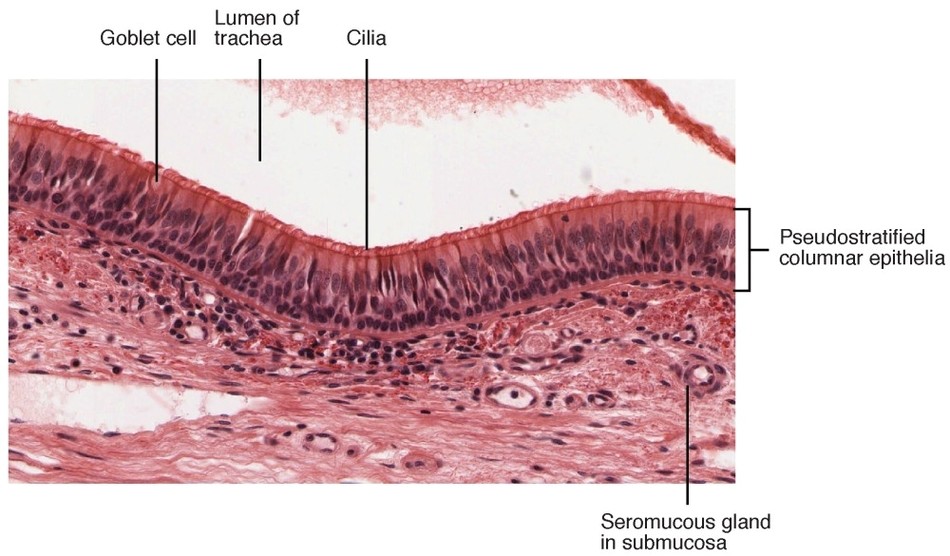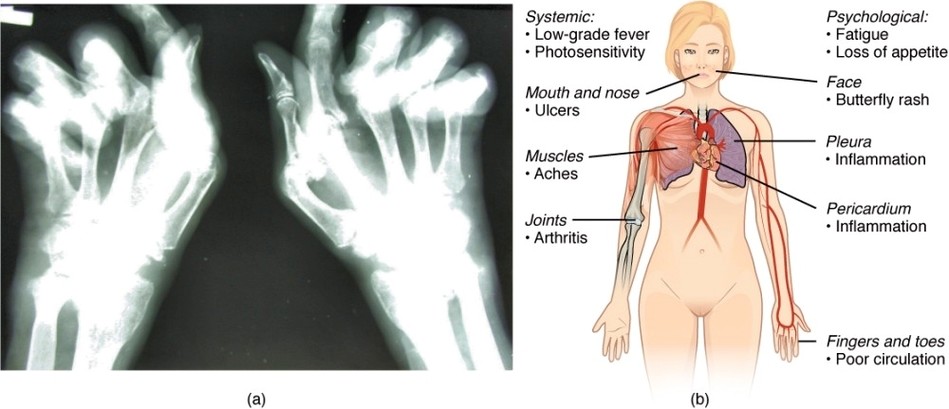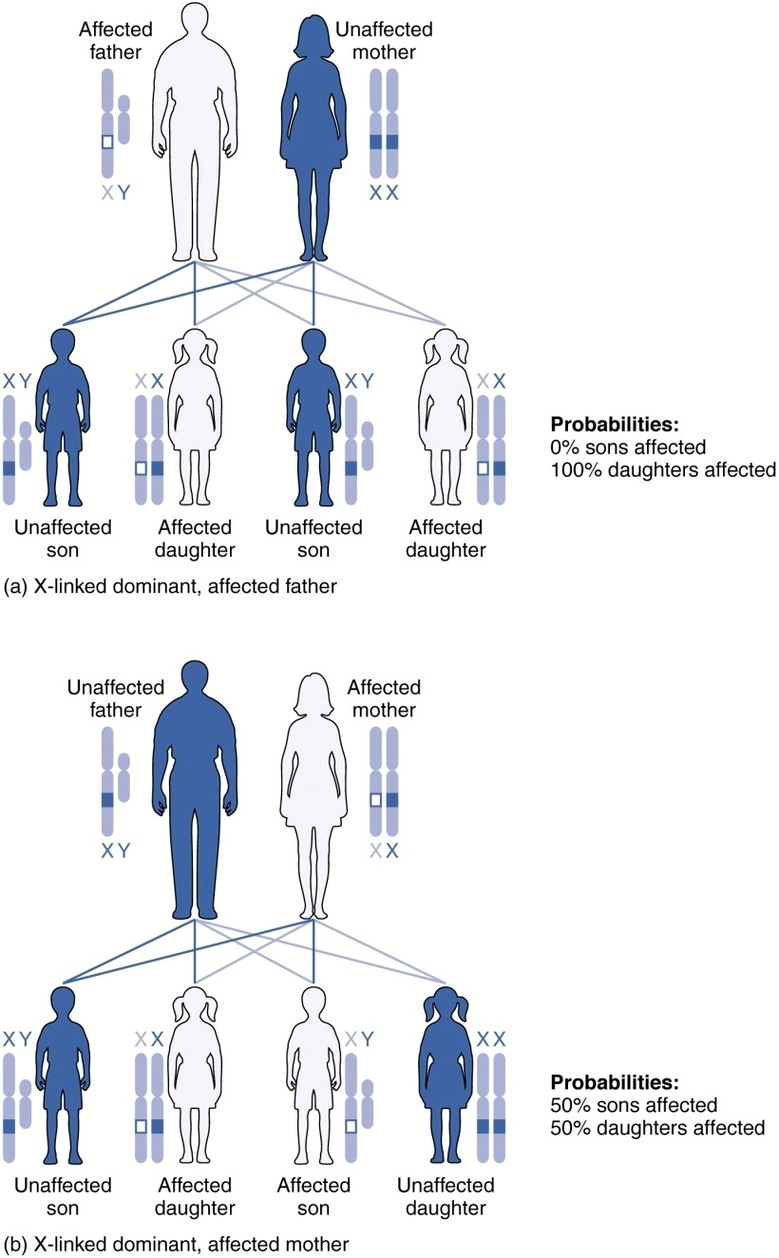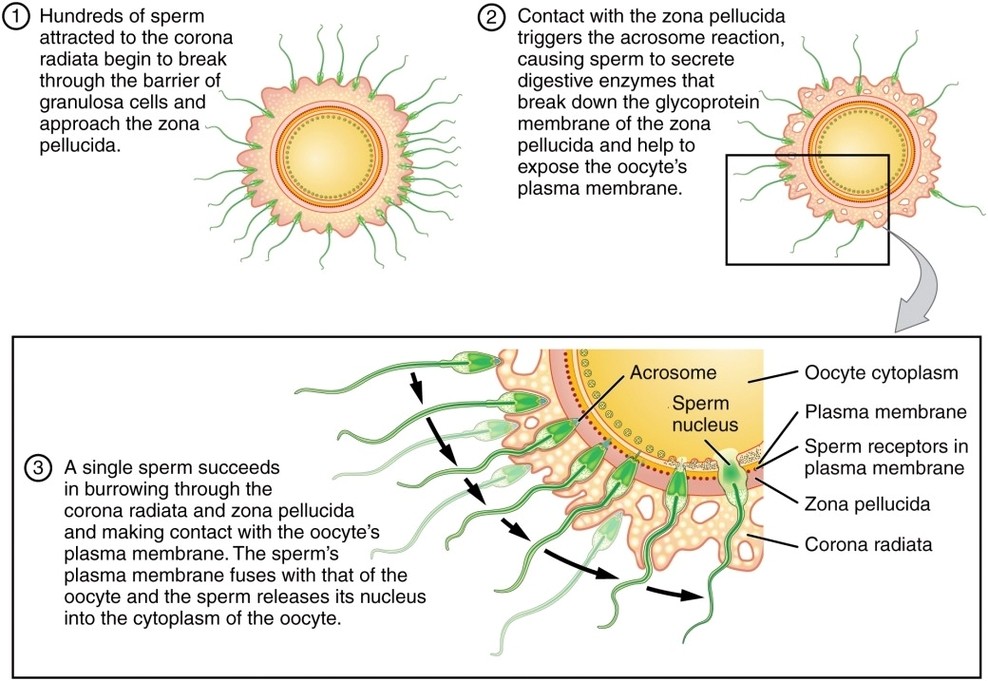Author Archives: anatomy
SA Node Tracing
The Postabsorptive Stage
Small Intestine
Anatomy of the Lymphatic System
Head and Neck Veins
Aorta
Let Down Reflex new
X linked Recessive Inheritance new
The Esophagus
Male Chromosomes
Common Carotid Artery
Endocrine System
Heart Wall
Size of Uterus Throughout Pregnancy
Pseudostratified Epithelium
Autoimmune Disorders Rheumatoid Arthritis and Lupus
X linked Dominant Inheritance new
Sperm Fertilization
Digestion of Proteins Physiology
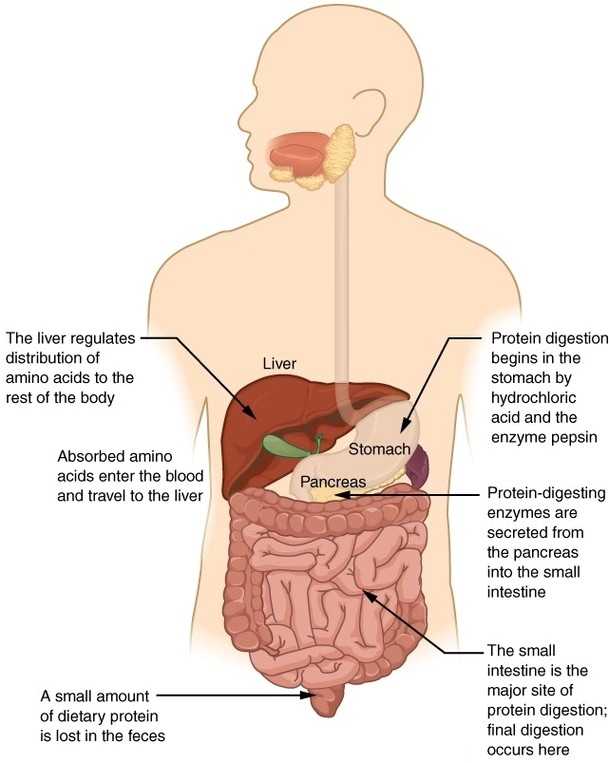
Digestion of Proteins Physiology: Protein digestion begins in the stomach, where the enzyme pepsin breaks down complex proteins into smaller peptides. This process continues in the small intestine, where pancreatic enzymes like trypsin and chymotrypsin further degrade peptides into amino View Diagram Digestion of Proteins Physiology

